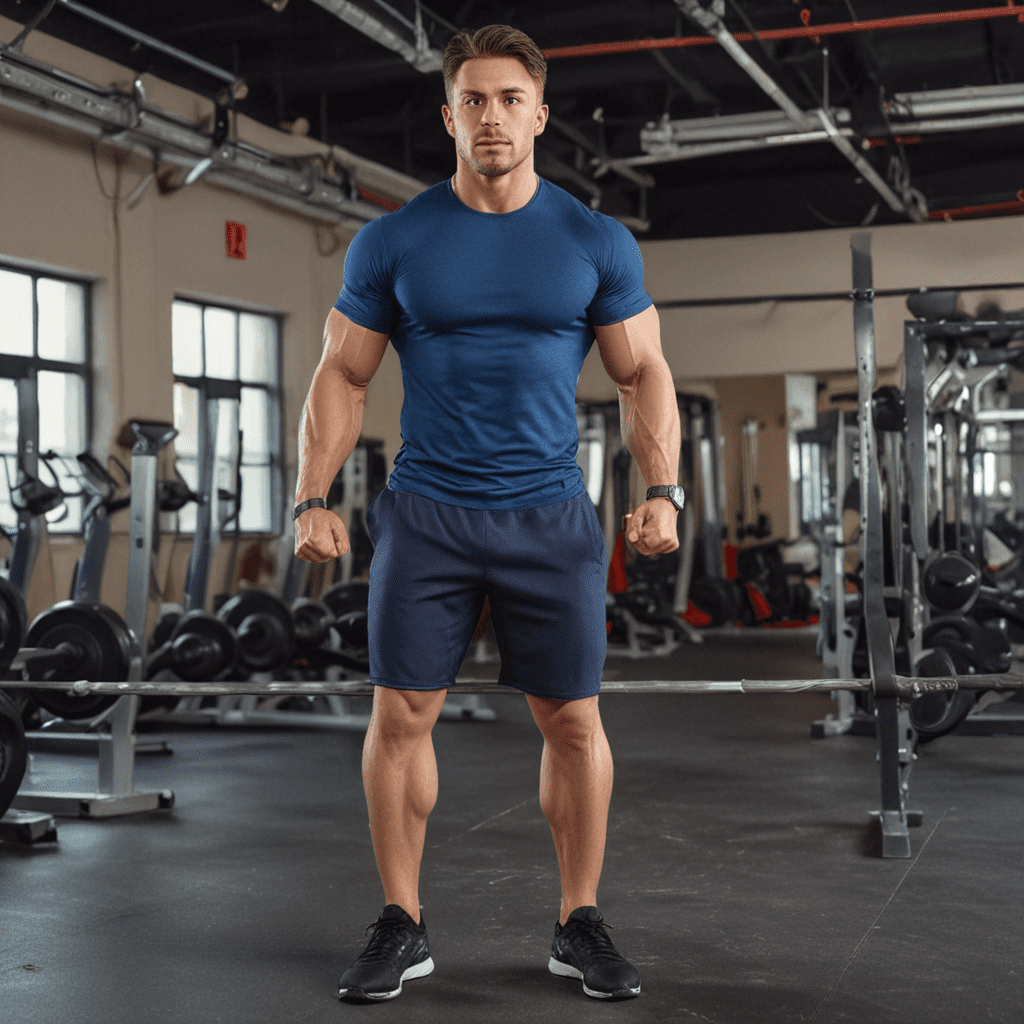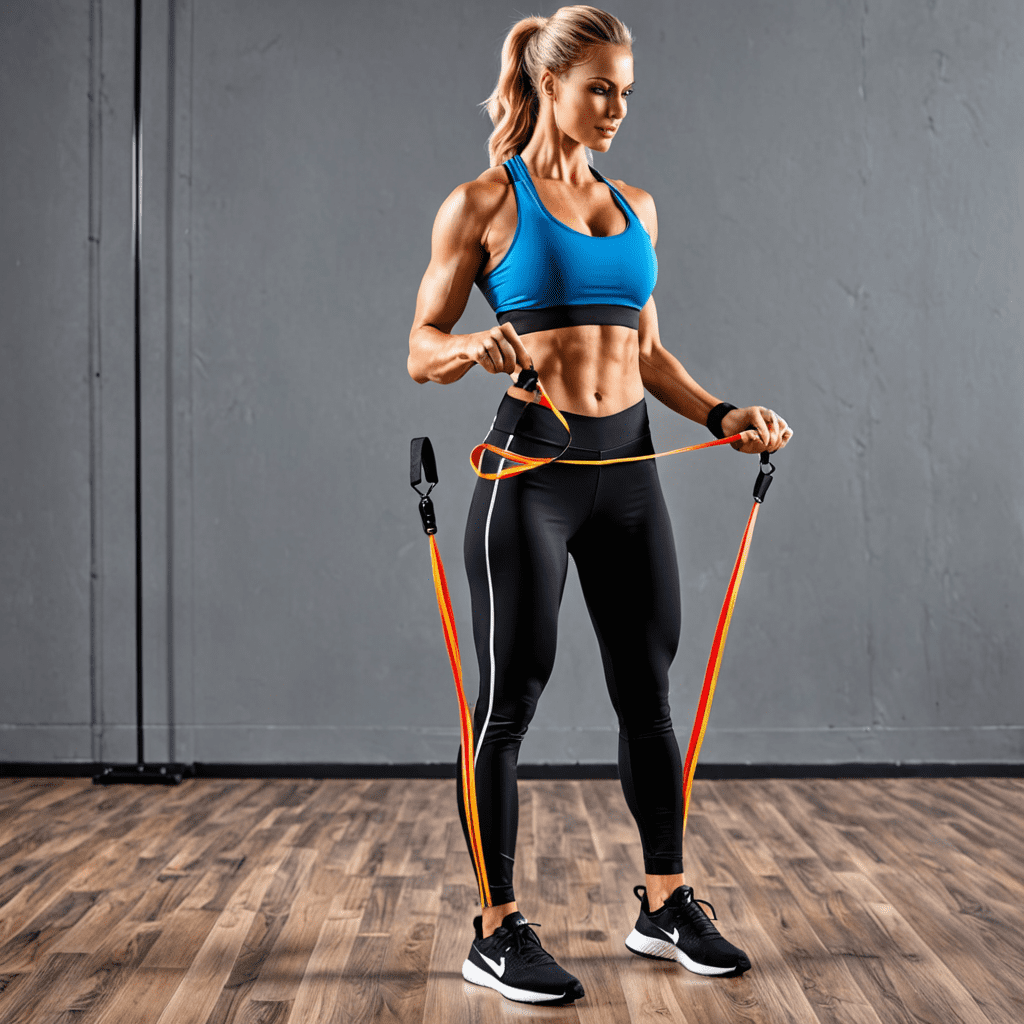
Cardiovascular Exercises for Increased Muscle Agility
I. Introduction
Muscle agility refers to the ability of muscles to react quickly and efficiently to changes in movement or direction. It is essential for various physical activities, such as sports, dancing, and everyday tasks. Cardiovascular exercises, also known as aerobic exercises, are a type of physical activity that raises your heart rate and increases blood flow throughout your body. They offer a plethora of benefits for your overall health, including increased muscle agility.
II. Definition of Muscle Agility
Muscle agility is the capacity of muscles to swiftly and effectively respond to variations in motion or orientation. It's vital for a wide range of physical activities, such as sports, dance, and daily duties. Muscle agility encompasses several components, including power, speed, coordination, and balance. Enhancing muscle agility can lead to improved athletic performance, reduced risk of injuries, and better overall physical function.
III. Benefits of Cardiovascular Exercises for Muscle Agility
Cardiovascular exercises provide numerous benefits for muscle agility, including:
A. Improved Blood Flow
Cardio exercises enhance blood circulation throughout the body, delivering oxygen and nutrients to muscles. This increased blood flow aids in the removal of waste products, such as lactic acid, which can accumulate during exercise and lead to muscle fatigue. Improved blood flow also contributes to faster recovery and reduced muscle soreness.
B. Increased Oxygen Delivery
Cardiovascular exercises increase the heart's pumping capacity, leading to a higher volume of oxygen-rich blood being delivered to the muscles. This increased oxygen supply fuels muscle contractions, allowing for sustained and efficient movement. Oxygen is vital for energy production and muscle function, and its availability is crucial for maintaining muscle agility.
IV. Types of Cardiovascular Exercises for Muscle Agility
Various types of cardiovascular exercises can enhance muscle agility, including:
A. Running
Running is a highly effective cardiovascular exercise that strengthens leg muscles, improves coordination, and enhances overall agility. It involves repetitive movements that demand quick muscle responses and coordination.
B. Cycling
Cycling is a low-impact cardiovascular exercise that primarily targets the leg muscles. It requires coordination and balance, promoting muscle agility and flexibility. Cycling also improves cardiovascular health and endurance.
C. Jumping Rope
Jumping rope is a full-body cardiovascular exercise that demands rapid muscle contractions and coordination. It enhances agility, coordination, and overall cardiovascular fitness.
D. Swimming
Swimming is a non-weight-bearing cardiovascular exercise that targets all major muscle groups. It requires coordination, flexibility, and quick muscle responses, contributing to increased muscle agility.
E. Dancing
Dancing is a fun and engaging cardiovascular exercise that promotes agility, coordination, and balance. Different dance styles involve diverse movements and tempos, challenging muscles to react and adapt quickly.
V. Intensity and Duration of Cardiovascular Exercises for Muscle Agility
The intensity and duration of cardiovascular exercises for muscle agility depend on individual fitness levels and goals. Generally, moderate- to high-intensity exercises performed for 20-60 minutes are recommended. Intensity can be measured using heart rate monitors or perceived exertion scales. It's crucial to start gradually and increase intensity and duration over time to avoid injuries and optimize results.
VI. Warm-up and Cool-down for Cardiovascular Exercises
Proper warm-up and cool-down are essential for cardiovascular exercises. Warm-up prepares the body for exercise by gradually increasing heart rate and blood flow to the muscles. It reduces the risk of injuries and enhances performance. Cool-down helps the body transition back to a resting state, reducing muscle soreness and promoting recovery.
VII. Safety Considerations
Before starting any cardiovascular exercise program, it's essential to consult a doctor, especially if you have any underlying health conditions. Ensure to wear appropriate footwear and clothing, and exercise in a safe environment. Listen to your body and rest when needed to avoid injuries.
VIII. Recovery and Rest
Adequate recovery and rest are vital for muscle agility development. Allow for sufficient rest periods between exercise sessions to allow for muscle recovery and repair. Rest helps reduce muscle soreness, promotes growth, and prevents burnout. Active recovery, such as light stretching or walking, can also aid in recovery.
IX. Frequency and Consistency
Regular and consistent cardiovascular exercise is key to improving muscle agility. Aim for at least 3-5 sessions per week to see optimal results. Gradually increase the frequency and intensity of your workouts as you progress. Consistency is crucial for maintaining agility gains and overall fitness.
X. Conclusion
Cardiovascular exercises play a pivotal role in enhancing muscle agility. Through improved blood flow, increased oxygen delivery, and enhanced flexibility, cardiovascular exercises empower muscles to respond quickly and efficiently to changes in movement and direction. Incorporating these exercises into your fitness routine can lead to improved athletic performance, reduced risk of injuries, and better overall physical function.
FAQ
How often should I do cardiovascular exercises for muscle agility? Aim for at least 3-5 sessions per week.
What is the recommended duration for cardiovascular exercises? 20-60 minutes of moderate- to high-intensity exercise.
What are some examples of cardiovascular exercises? Running, cycling, jumping rope, swimming, and dancing.
Is warm-up and cool-down important? Yes, warm-up prepares the body for exercise, while cool-down aids in recovery.
How can I prevent injuries during cardiovascular exercises? Wear appropriate footwear, exercise in a safe environment, and listen to your body.


